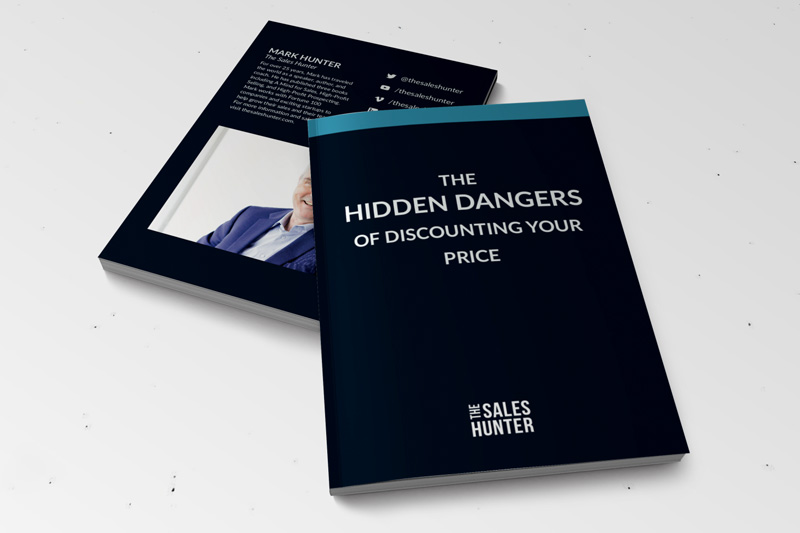 Would you pay $950 for a haircut?
Would you pay $950 for a haircut?
Stylist Ted Gibson charges that and has a waiting list, if you can believe it. (You might recognize his name, as he appears on the TLC show “What Not to Wear.”)
Gibson makes no excuses for charging $950, even going so far as to say he will eventually raise his prices to $1,500.
The demand is there, as evident by the waiting list.
There are a lot of lessons we can learn from Gibson’s pricing and rationale.
If you read the article, you quickly see that Gibson knows it’s not just about the haircut, it’s also about the experience and the outcome the customer gains overall.
Is he famous? Yes.
Does he do a great job? Yes.
Does he have a great studio? Yes.
All of this, however, does not in basic numbers add up to the price he charges, but he is able to get such a price because of the value perception the customer is receiving.
This should give all of us a lot to chew on as we think about the prices we charge.
Clearly he is not viewing what he does as a commodity or anything close to it. He is offering an experience that people value — at least enough people who are then willing to hand him $950 for something that lasts just an hour and 15 minutes. (He even pointed out that his clients are not always the fabulously wealthy).
Second thing we can learn from this is the power of what I refer to as contrast pricing. Other stylists in his studio charge from $75 to $200 for a haircut. Gee, doesn’t that seem like a bargain price when contrasted against $950? It sure does, yet the profit margin is still huge.
Does your product list allow for contrast pricing? What should you change or add to allow you to demonstrate contrast pricing?
Third lesson is supply and demand.
Gibson claims the wait list is up to several months. Let’s not kid ourselves — it’s not like his customers are lined up on the street corner waiting to get in. No, rather he limits the number of appointments he personally handles (the supply), thus making the limited supply seem scarce — which thus increases the price.
I’m sure he could do more cuts, but if he did, the supply would exceed the demand, and this would begin to hurt the pricing. He wants to have a wait list and offer limited number of appointments, because that positions him nicely for high-profit selling.
Again, what can we learn from it?
One person who is passionate about what they sell, believes it is worth what they charge, and has the customer list to prove it obviously is on to something when it comes to maximizing profit.
What’s even more ironic is that there is much talk about the economy being bad, but yet a $950 haircut is still able to survive and thrive?
Again, the power of pricing, when positioned correctly, can fly in the face of any economic factors.
Copyright 2012, Mark Hunter “The Sales Hunter.” Sales Motivation Blog.














One Response
Mark,
You bring up some great points and relate in an easy to digest manor. I especially agree with your point on the value perception.
ironically I just got a cut today and was discussing with my barber ($15/cut) how I was stuck somewhere and had to try a salon and they wanted to charge $35 for a basic cut and I decided to wait, let my hair grow for another day and save the $20. However if I got the feeling there may be some added value to the cut and experience it may have been worth it, I just didn’t get that perception.
~Freedom
(Adam)